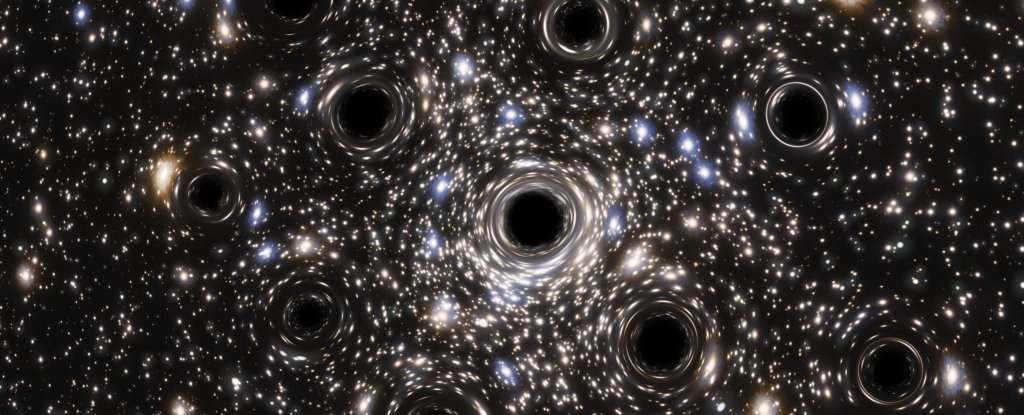On September 17, 2024, a fascinating asteroid named 2024 ON zipped past Earth, offering scientists a rare view of a snowman-shaped space rock. While the object was classified as a potentially hazardous asteroid due to its proximity to our planet, it posed no immediate threat and passed safely at a distance of 620,000 miles.
Radar images captured by NASA‘s Goldstone Solar System Radar in California revealed the asteroid’s unique structure. The asteroid, approximately 1,150 feet (350 meters) long, consists of two distinct lobes, with one lobe being about 50% larger than the other. This unusual shape, resembling a snowman, is known as a “contact binary” — a phenomenon that occurs when two smaller asteroids merge due to gravitational forces.
A High-Speed Journey
Asteroid 2024 ON travelled at a staggering speed of 19,842 mph (31,933 kph) as it passed Earth, about 26 times the speed of sound. Despite its size and speed, the asteroid posed no risk to our planet, passing over 2.5 times the distance between Earth and the moon.
Although classified as potentially hazardous, recent measurements have allowed scientists to predict the asteroid’s future trajectory with high accuracy. As a result, 2024 ON is not expected to pose any danger to Earth for many decades, offering reassurance despite its hazardous label.
The Prevalence of Contact Binary Asteroids
Asteroids like 2024 ON, known as contact binaries, make up an estimated 14% of near-Earth asteroids larger than 660 feet (200 meters). One of the most well-known contact binaries is Selam, a small moonlet orbiting the asteroid Dinkinesh. Such asteroids provide valuable insights into the formation and evolution of celestial bodies within our solar system.
As space agencies continue to observe near-Earth objects, radar and other tracking technologies allow for better predictions and understandings of their behaviour. In fact, 2024 has seen more than 60 asteroids pass between Earth and the moon, thanks to increased observational efforts using AI-powered algorithms.
While asteroid 2024 ON’s recent visit sparked interest due to its snowman-like appearance, it serves as a reminder of the importance of ongoing asteroid tracking. Fortunately, with no immediate threat, we can appreciate the cosmic beauty and scientific insights it offers without worry for Earth’s safety.





